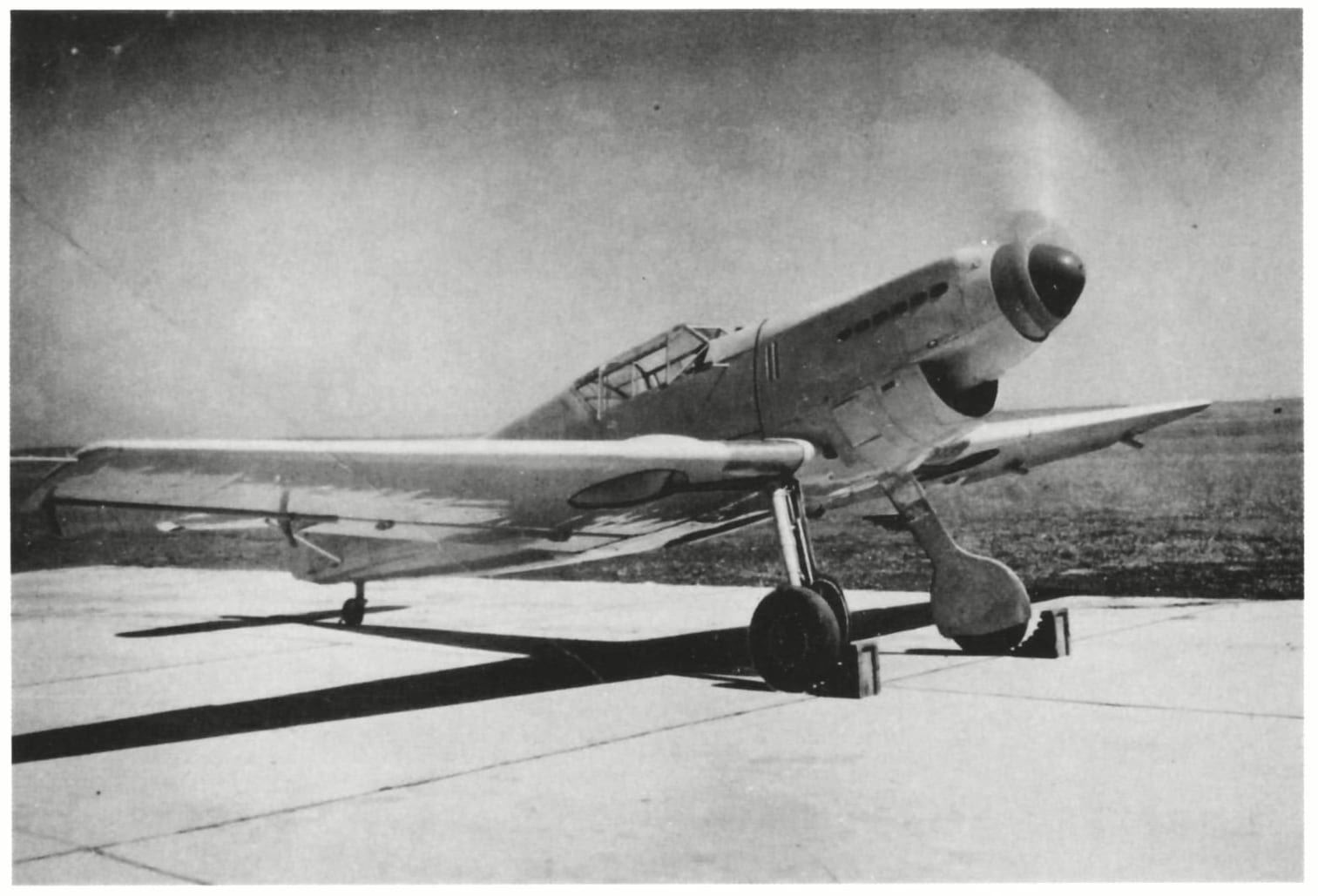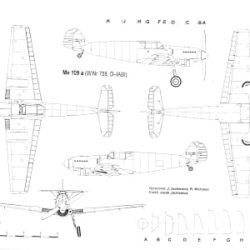Messerschmitt Bf 109A History
Cutting metal for the Bf 109 prototypes was begun in late 1934 and by August of the following year the first prototype, the Messerschmitt Bf 109A was ready for engine installation when Ernst Udet, then still a private citizen, stopped by the Bayerische Flugzeugwerke (BFW) factory. Proudly shown the Bf 109A, Udet after a cursory look exclaimed that: “This machine will never make a fighter!”
Since the anticipated Junkers Jumo 210 powerplant was not yet ready, the Reichsluftfahrtministerium (RLM) instructed BFW to install a Rolls-Royce Kestrel V 12-cylinder engine rated at 695hp at take of, driving two-bladed Schwarz wooden propeller. In September, carrying the civil registry codes D-IABI and with BFW’s chief test pilot, Flugkapitän Hans Knötzsch, at the controls, the Messerschmitt Bf 109A made several runs across the field before lifting into the air for the first time. Knötzsch made several circuits around the field under the watchful eye of Messerschmitt, staying airborne for about twenty minutes. The world’s most advanced fighter had flown beautifully – months before the Supermarine Spitfire, which was destined to become its chief antagonist.
After further preliminary factory testing, Knötzsch flew the prototype, now officially designated Messerschmitt Bf 109V-1, to the Erprobungsstelle (Proving Center) at Rechlin. On touching down at Rechlin one of the undercarriage oleos gave away causing minor damage and much satisfaction among Messerschmitt’s enemies.
The test pilots were biased against the Bf 109 with its steep ground angle, automatic wing leading edge slots and high wing loading. The day of the lightly loaded, highly maneuverable biplane was gone, but the pilots at Rechlin still retained their bias against the monoplane. On good terms with the RLM, the Heinkel design team of Walter and Siegfried Günter was strongly influenced by the opinions of these traditionalists in the Luftwaffe. In an attempt to satisfy the former biplane pilots, the Heinkel fighter was designed around an inordinately large, broad-cord, semi-elliptical wing spanning just over 41 feet. The Heinkel He 112 was, as expected, well received at Rechlin by the E-Stelle pilots and, even though the officials were obviously impressed with the Messerschmitt Bf 109V-1‘s superior rate of climb, dive and level fight, The Heinkel aircraft was as obviously the favored aircraft.
In January 1936 a second prototype Messerschmitt Bf 109A, the V2 powered by the Jumo 210A engine, joined the test programme. This aircraft was much the same as the first prototype, except that the airframe was strengthened in some areas, particularly around the undercarriage. The third prototype Messerschmitt Bf 109A, the V3, flew in June 1936 and was the first Bf 109 to carry armament; it was fitted with two MG17 7.9mm machine guns mounted along the top of the engine and synchronized to fire through propeller. By this time, the Luftwaffe’s attitude toward Messerschmitt and his advanced fighter had thawed considerably. So much so, in fact, that the RLM placed an order batch of ten preproduction machines. In part this thaw came about as a result of German intelligence reports that Supermarine had already received a production order of 310 Spitfires.










